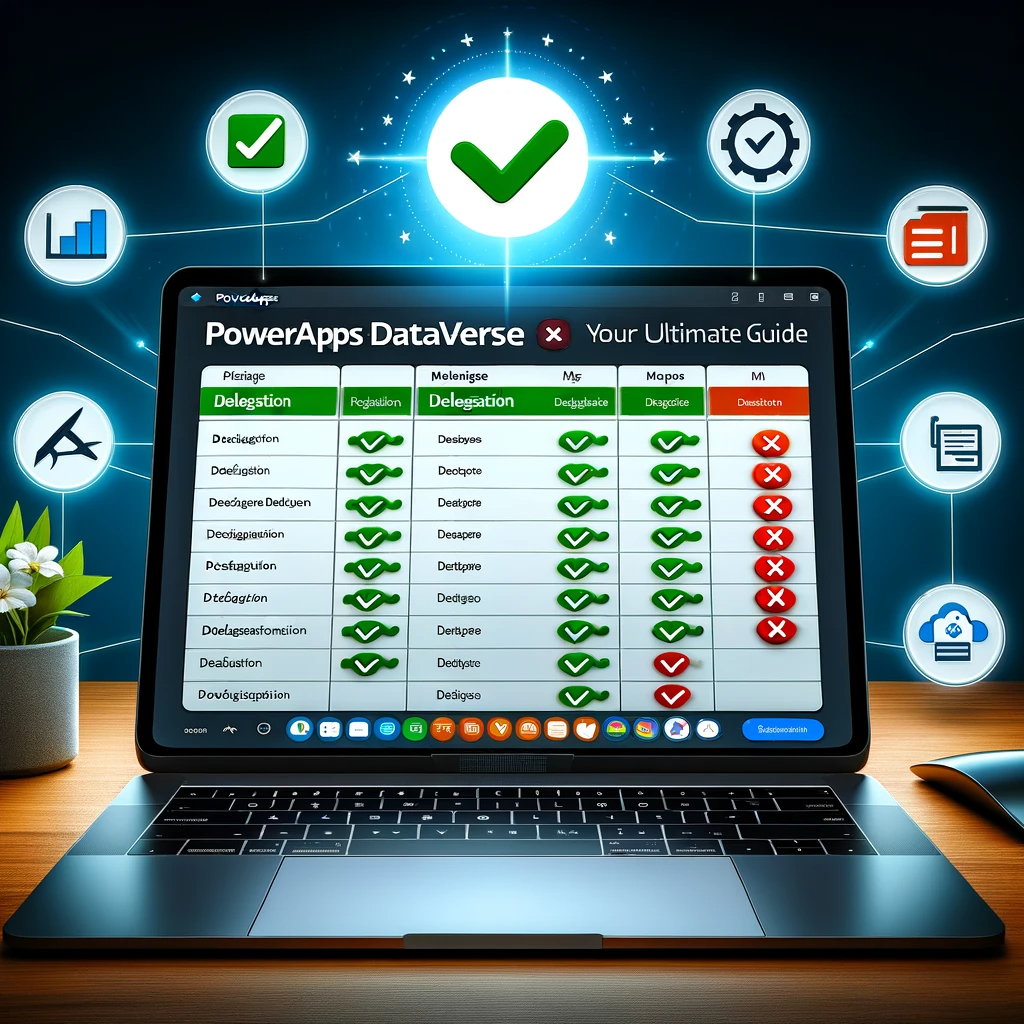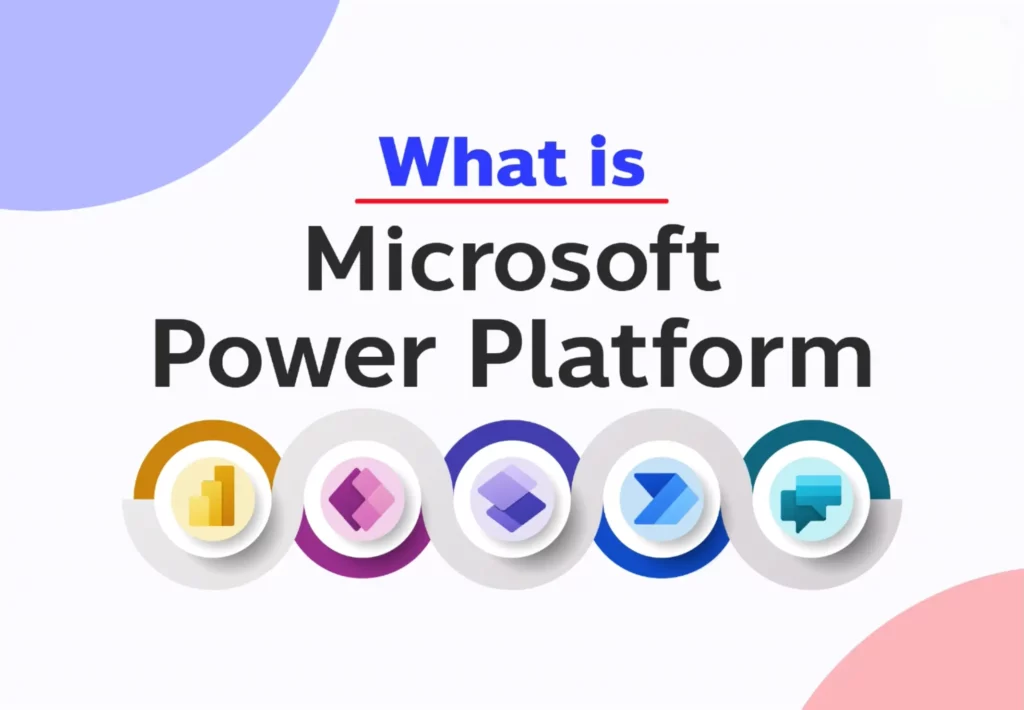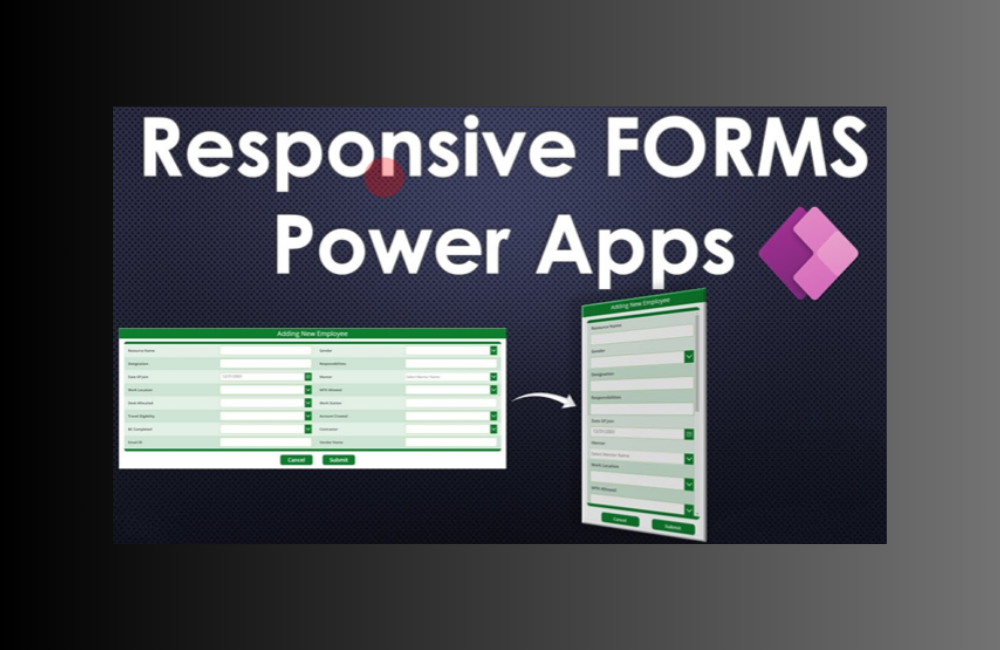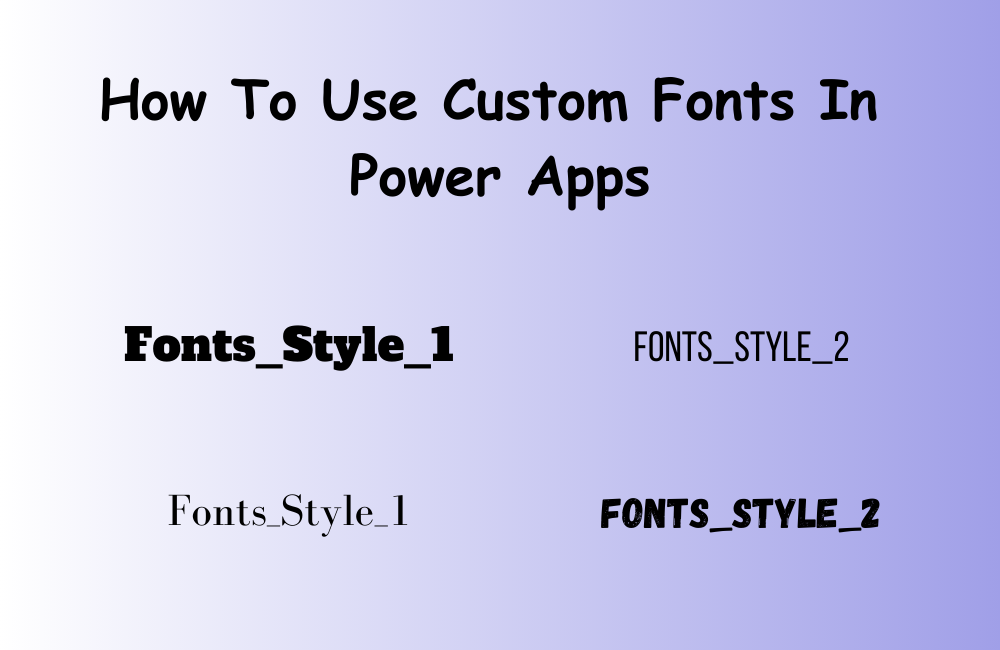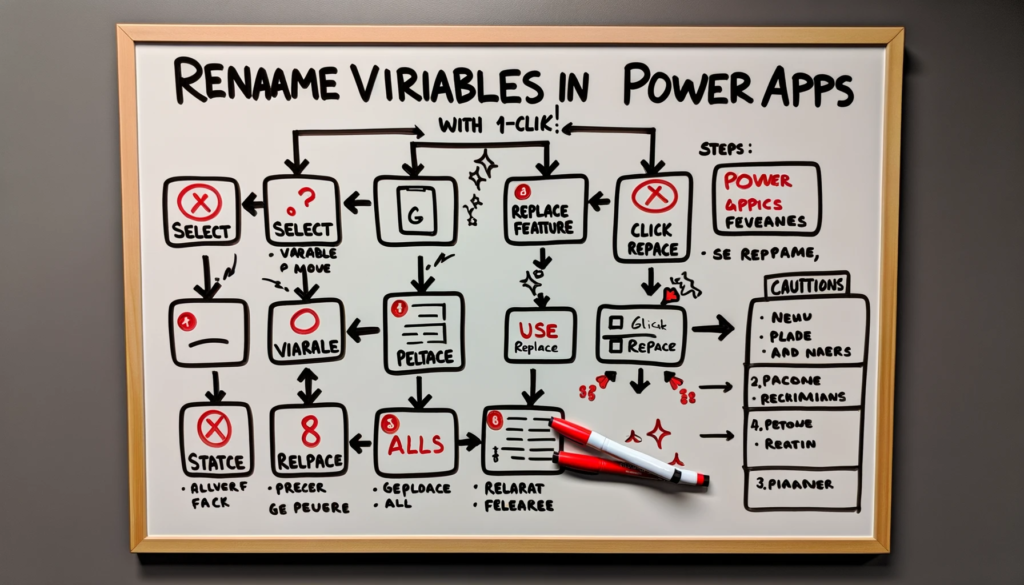Welcome to the PowerApps Dataverse Delegation Guide. If you’re eager to elevate your Power Apps proficiency, understanding delegation is indispensable. It serves as the foundation for building robust and fast applications. In this guide, we will elucidate its essence.
Creating a Power Apps application without comprehensive knowledge of delegation is not only counterproductive but can also jeopardize the user experience.
- Data decisions based on partial information can be misleading.
- Local query executions can result in sluggish performance.
- Limits in data visualization can lead to lost or duplicated data.
- The principles of the PowerApps Dataverse Delegation Guide are based on real-world application scenarios.
- Using the techniques in the PowerApps Dataverse Delegation Guide, you can prevent sluggish performance and data duplication.
PowerApps Dataverse Delegation: The Basics
In the realm of Power Apps, delegation refers to the method of fetching data from a data source incrementally. Instead of collecting all records at once, Power Apps retrieves records as they are needed. This incremental approach is crucial for performance and for managing large data repositories.
Tips from the PowerApps Dataverse Delegation Guide
To effectively create a Power Apps application, it’s vital to understand the difference between “delegable” and “non-delegable” queries. While the former is processed by the data source, the latter requires Power Apps’ local processing. One classic non-delegable instance is using the ‘Search’ function on SharePoint. Always remain vigilant, as Power Apps might not always signal a non-delegable query correctly.
Integrating Power Apps with a Data Repository
For a practical grasp, consider connecting a Power App to a SharePoint list and integrating a gallery to present the data. Initially, Power Apps sources the first 100 entries. As users navigate the gallery, more records are fetched, ensuring data is assimilated efficiently via what is termed as pagination.
Classifying Queries: Delegable vs. Non-Delegable
When manipulating data in Power Apps, distinguishing between “delegable” and “non-delegable” queries is pivotal. While the former can be managed by the data source (like filtering entries), the latter requires Power Apps’ local processing. A classic non-delegable instance is utilizing the ‘Search’ function on SharePoint. It’s imperative to realize that Power Apps may not always correctly signal a non-delegable query, hence vigilance is key.
Decoding the Data Row Restriction in Power Apps Delegation
The record threshold for non-delegable queries in Power Apps is governed by the “data row limit”. By default, it stands at 500 but can be escalated to 2000. Adjusting this parameter is essential when juggling with vast datasets.
Delegation Variances Across Data Sources
Each data source interacts with delegation uniquely. For instance, certain non-delegable queries in SharePoint transition to delegable in Dataverse. Recognizing these nuances can profoundly influence your application’s performance and utility.
Steering Clear of Power Apps Delegation Hurdles
While exploring Power Apps delegation, remain alert to prevalent pitfalls. Never take a query’s delegability at face value based on Power Apps’ indications alone. Rigorous application testing ensures reliable data retrieval and presentation.
Conclusion
Gaining prowess in Power Apps delegation is the cornerstone of devising effective, dynamic, and user-friendly applications. Armed with the nuances of delegation, managing expansive datasets becomes a breeze, guaranteeing a seamless user journey.
Wish to witness these principles in real-time? While there’s a plethora of tutorials available, including some on Microsoft and PowerApps websites, if you ever hit a snag with Power Apps Delegation or feel the need to consult experts, don’t hesitate. Contact us, and we’ll be at your service, be it for a brief consultation or an extensive project.
Wishing you a fulfilling app creation journey!

